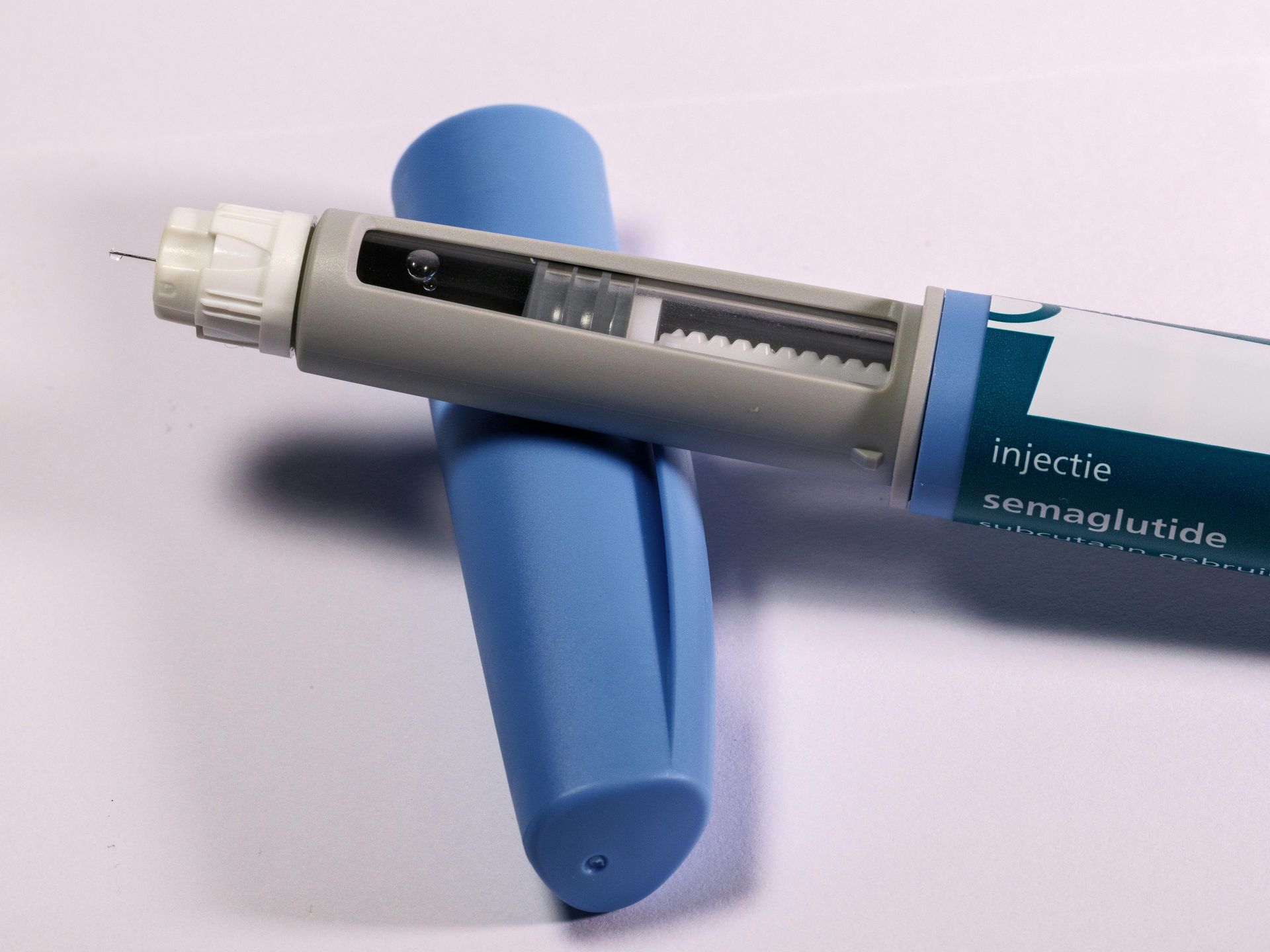Quick Migraine Relief with Nutrient Infusions: A Fast-Acting Solution

Migraines are intense headaches often accompanied by debilitating symptoms that can disrupt daily life. Many individuals seek rapid relief from these episodes, and one such approach that has gained attention is nutrient infusions. This article explores the underlying mechanisms of migraines, the concept of nutrient infusions, and their potential effectiveness in alleviating migraine symptoms.
Understanding Migraines: Causes and Symptoms
Migraines can be perplexing, as they are not just severe headaches but a neurological condition with various triggers and symptoms. Understanding the root causes is essential for effective management.
The Science Behind Migraines
The exact cause of migraines remains somewhat elusive; however, research suggests that they involve a complex interplay of genetic, environmental, and neurological factors. During a migraine attack, the brain experiences changes in blood flow and electrical activity, leading to the characteristic pain and associated symptoms.
Neurotransmitters, particularly serotonin, play a crucial role in the onset of migraines. Fluctuations in serotonin levels can trigger inflammation and sensitivity in the brain, causing the pain and accompanying symptoms, such as nausea and light sensitivity. Additionally, other neurotransmitters, like dopamine and calcitonin gene-related peptide (CGRP), have also been implicated in migraine pathophysiology, suggesting that the condition may be influenced by a broader range of biochemical interactions than previously understood.
Common Triggers of Migraines
Various triggers can provoke a migraine attack, and these may vary from person to person. Some common triggers include:
- Stress or emotional factors
- Hormonal changes, particularly in women
- Certain foods and beverages, including aged cheeses and alcohol
- Environmental changes, such as weather fluctuations and strong odors
Identifying these triggers is a crucial step in minimizing the frequency and severity of migraine episodes. Keeping a migraine diary can be particularly helpful; by documenting the timing of attacks, dietary habits, stress levels, and other potential triggers, individuals can begin to discern patterns that may lead to more effective management strategies. Furthermore, lifestyle modifications, such as regular exercise, adequate hydration, and consistent sleep patterns, can also play a significant role in reducing the likelihood of migraine occurrences.
In addition to these common triggers, some individuals may find that specific activities, such as prolonged screen time or intense physical exertion, can also precipitate an attack. Understanding and addressing these unique triggers is vital for those who suffer from migraines, as it empowers them to take proactive measures in their daily lives. Moreover, the psychological impact of living with migraines can be profound, leading to anxiety and depression in some individuals, which may further exacerbate their condition.
The Concept of Nutrient Infusions
Nutrient infusions are intravenous (IV) treatments that deliver vitamins, minerals, and other essential nutrients directly into the bloodstream. This bypasses the digestive system, potentially improving absorption and efficacy.
What are Nutrient Infusions?
Nutrient infusions can include a variety of compounds, such as vitamin B12, magnesium, and antioxidants, depending on the individual’s needs. These infusions aim to restore nutrient levels that may be depleted or insufficient, which might contribute to various health issues, including migraines.
The Role of Nutrients in the Body
Nutrients play a vital role in maintaining optimal health and supporting various bodily functions. For migraine sufferers, certain nutrients can have a direct impact on reducing the frequency and severity of attacks:
- Magnesium can help reduce the vascular changes associated with migraines.
- Vitamin B2 (Riboflavin) has been shown to decrease the occurrence of migraine attacks.
- Coenzyme Q10 may also play a role in energy metabolism, which can be beneficial for those prone to migraines.
Nutrient Infusions for Migraine Relief
The growing popularity of nutrient infusions as a treatment for migraines stems from the desire for fast-acting relief without the side effects commonly associated with traditional medications.
How Nutrient Infusions Work for Migraines
Nutrient infusions work by delivering a concentrated dose of beneficial nutrients directly into the bloodstream. This method can quickly elevate nutrient levels, potentially providing immediate relief from migraine symptoms. The nutrients may help to stabilize the neurological activity responsible for migraine onset, thus reducing both the frequency and intensity of attacks.
Key Nutrients for Migraine Relief
Several key nutrients have been identified as particularly effective for managing migraines:
- Magnesium: Helps to prevent the expansion of blood vessels in the brain.
- Vitamin B2: Involved in energy production, may reduce the frequency of attacks.
- CoQ10: Supports mitochondrial function, which is important for energy metabolism.
- Vitamin D: A deficiency in Vitamin D has been linked to increased migraine frequency.
The Process of Nutrient Infusion Therapy
For those considering nutrient infusion therapy, it’s essential to understand what the process entails and how to prepare for it.
Preparing for Nutrient Infusion Therapy
Before undergoing nutrient infusion therapy, a consultation with a healthcare provider is crucial. During this appointment, the provider will assess your health history, dietary habits, and specific migraine triggers. Based on this evaluation, the appropriate nutrients can be selected to tailor the infusion to your needs.
It’s also important to stay hydrated and discuss any medications or supplements you may be taking. This information helps ensure that the therapy is safe and effective.
What to Expect During the Therapy
The infusion process typically lasts between 30 minutes to an hour. Patients can relax comfortably in a chair while a healthcare professional administers the infusion through an IV line. Some individuals may experience a warm sensation as the nutrients enter the bloodstream.
After the infusion, many people report feeling more energized and having reduced migraine symptoms. It’s essential to monitor how your body responds to the treatment and communicate any concerns with your healthcare provider.
Safety and Efficacy of Nutrient Infusion Therapy
As with any treatment, understanding the safety and efficacy of nutrient infusion therapy is paramount.
Potential Side Effects and Risks
While nutrient infusions are generally considered safe, some potential side effects can occur. These may include:
- Minor discomfort at the injection site
- Allergic reactions, although rare
- Flushing or feelings of warmth
It’s important to discuss these possibilities with your healthcare provider to make an informed decision.
Success Rate of Nutrient Infusion for Migraines
Clinical studies have indicated that many patients experience significant relief from migraines following nutrient infusion therapy. Although responses can vary, a substantial number find that their migraine frequency decreases, leading to improved quality of life.
As research continues to evolve, nutrient infusions may become an integral part of the management strategy for individuals suffering from migraines, offering a promising alternative for fast relief.
In conclusion, nutrient infusions present a compelling option for those seeking quick relief from migraines. By understanding the causes and triggers of migraines, as well as the role of essential nutrients, patients can make informed decisions about their treatment options.






